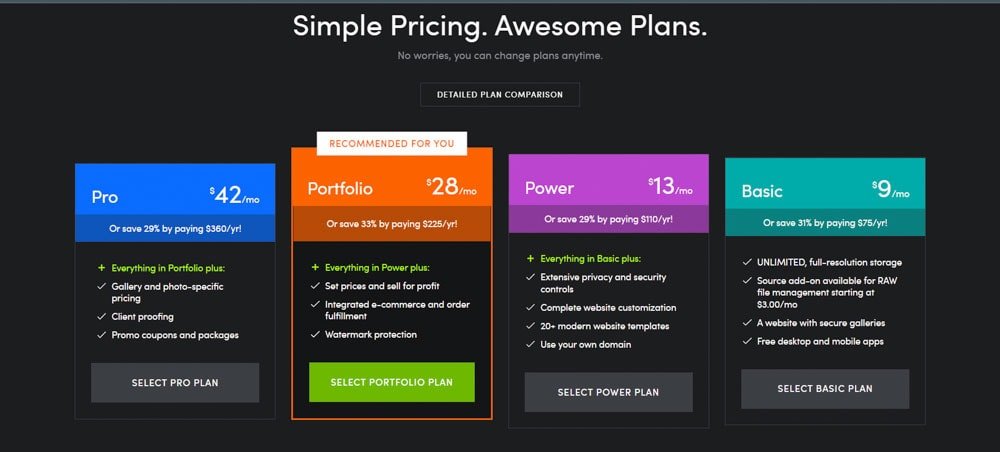Social media advertising has become a cornerstone of modern digital marketing strategies. With billions of active users worldwide, platforms like Facebook, Instagram, Twitter, and LinkedIn offer businesses the chance to reach a vast audience. However, like any advertising method, social media ads come with both advantages and challenges. Understanding these pros and cons can help you decide whether social media advertising is right for your business.

Pros of Social Media Advertising
Wide Audience Reach
Social media platforms have billions of active users globally, making it an ideal space to reach a massive and diverse audience. Platforms like Facebook alone boast over 2.9 billion monthly active users, while Instagram and TikTok continue to grow rapidly. This broad reach allows businesses to target potential customers across different demographics, interests, and behaviors.
Advanced Targeting Capabilities
One of the biggest advantages of social media advertising is the ability to target specific groups of people with precision. Social media platforms provide robust targeting options that allow you to define your audience based on demographics, location, behavior, interests, and even specific devices or operating systems.
Cost-Effective Advertising
Social media advertising can be more affordable than traditional advertising methods like TV, radio, or print. Platforms like Facebook and Instagram allow advertisers to set budgets and bid for ad placements, giving businesses full control over their spending. Additionally, smaller businesses or startups with limited budgets can still compete effectively by using well-targeted campaigns.
Real-Time Results and Analytics
One of the unique features of social media advertising is the ability to track results in real time. You can monitor how your ads are performing, including engagement, click-through rates, conversions, and more. This immediate feedback allows you to tweak and optimize your campaigns for better performance.
Engagement and Interaction with Customers
Social media ads aren’t just about visibility—they also encourage engagement and interaction. Customers can like, comment, and share your ads, which can increase your brand’s visibility and create a sense of community. Positive interactions can build trust and loyalty among your audience.
Cons of Social Media Advertising
Ad Fatigue
With the constant barrage of ads on social media platforms, users can experience ad fatigue. When users see too many ads, especially the same ones repeatedly, they may become indifferent or even annoyed. This can lead to a decrease in engagement and, ultimately, the effectiveness of your ads.
Highly Competitive Landscape
The popularity of social media advertising has led to fierce competition. With so many businesses advertising on the same platforms, it can be challenging to stand out. Smaller companies may struggle to compete against larger companies with bigger ad budgets, especially on platforms with expensive ad spaces like Facebook and Instagram.
Limited Organic Reach
As social media platforms continue to evolve, organic reach has been declining. Many platforms prioritize paid content in their algorithms, meaning that even if you post regularly, your organic content may not be seen by your entire audience. Relying on organic reach alone can limit your visibility and engagement.
Potential for Negative Feedback
Social media ads are public, and that means they’re open to both positive and negative feedback. Negative comments or reviews can harm your brand’s reputation if not handled promptly and professionally. In some cases, a poorly received ad can spark backlash or a public relations crisis.
Ad Saturation and Audience Desensitization
Users on social media platforms are constantly exposed to ads, leading to desensitization. After a while, users may simply scroll past ads without engaging. Additionally, with many advertisers competing for attention, users may tune out most advertising content.
Conclusion
Social media advertising offers businesses incredible opportunities to reach, engage, and convert potential customers. Its ability to target specific audiences, deliver cost-effective campaigns, and provide real-time results makes it a powerful tool. However, businesses must also be aware of the potential challenges, including competition, ad fatigue, and the risk of negative feedback.
To make social media advertising work for you, it’s essential to continuously monitor your campaigns, adjust your strategy, and create engaging, relevant content. By weighing both the pros and cons, you can determine how best to incorporate social media advertising into your marketing strategy for optimal results.











